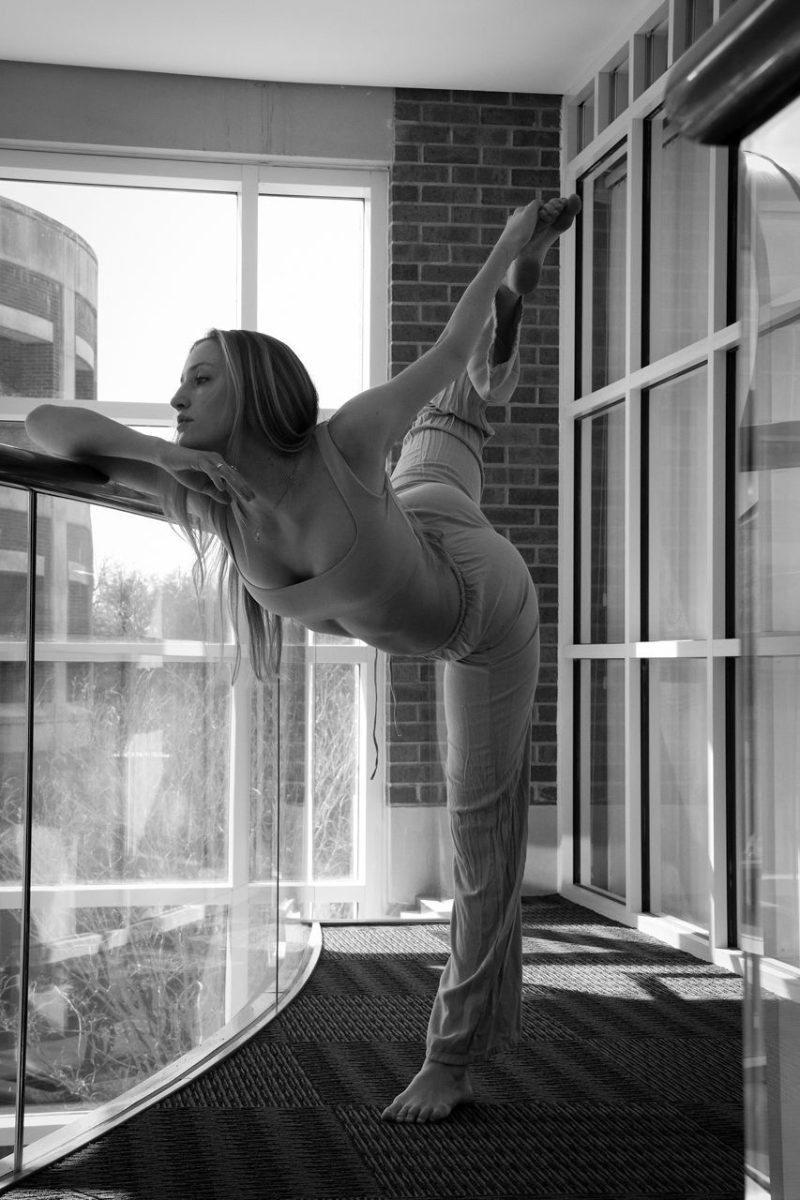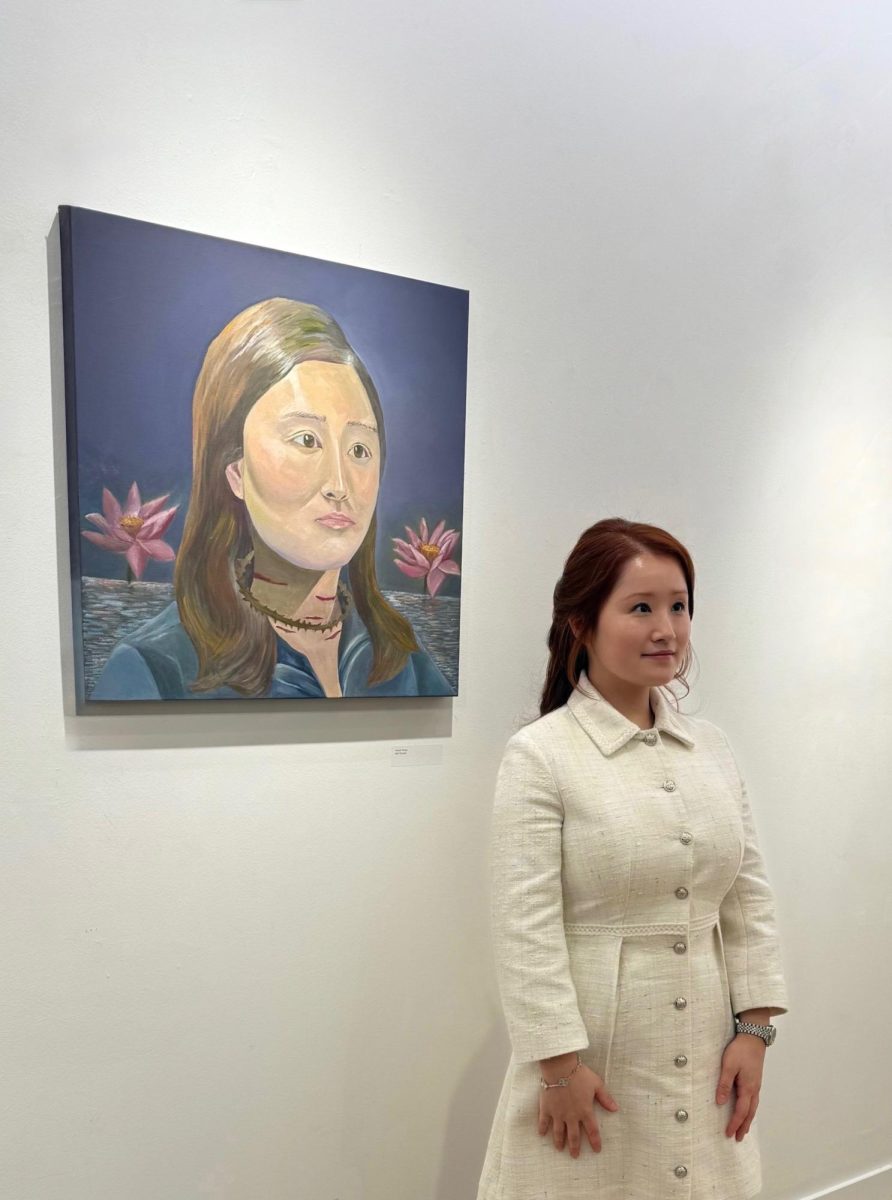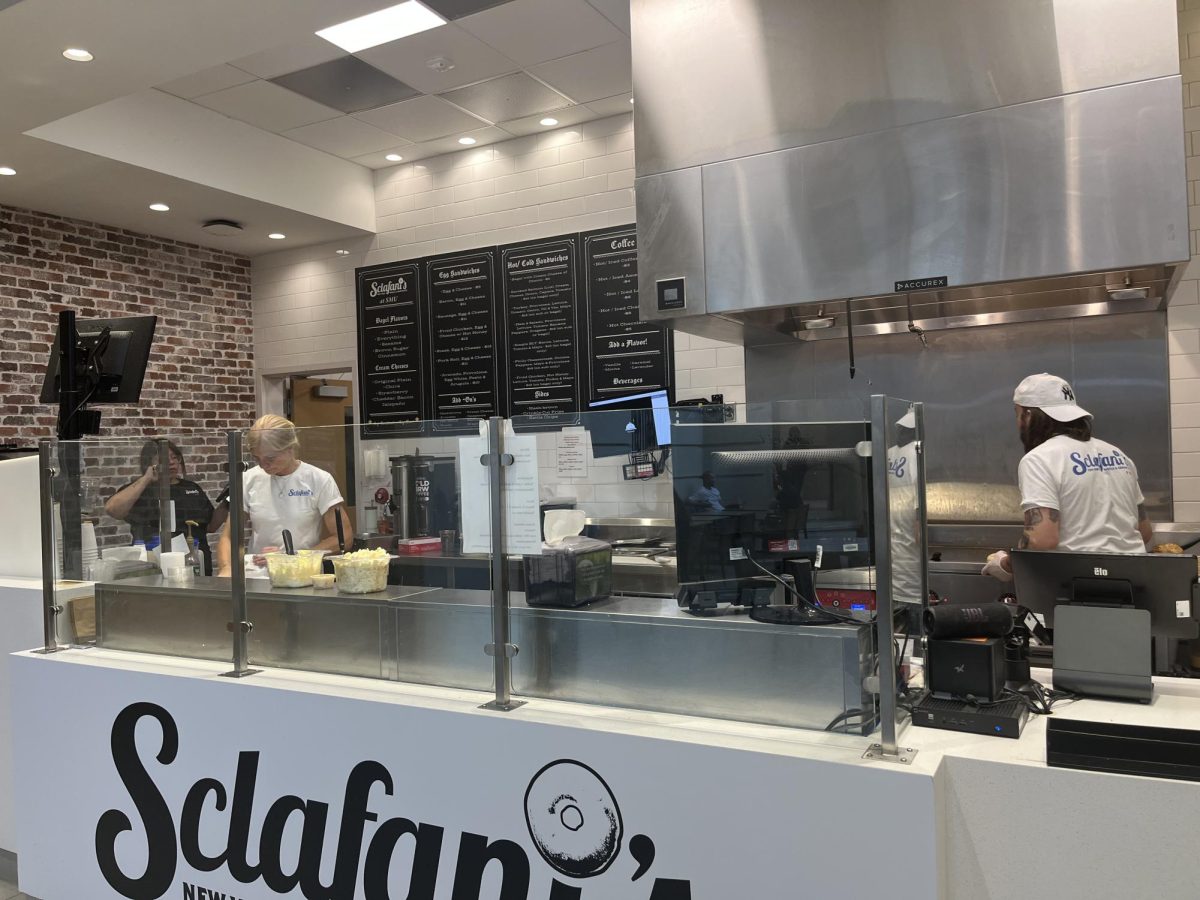One day, when junior advertising major Stirling Barrett was around 16 years old, he stood in front of the famous Jackson Square in the New Orleans French Quarter with one question: What would make his photograph different from every other images of this place?
“[Jackson Square is] like the quintessential New Orleans thing – and it’s always just Jackson Square and the Cathedral in the background,” Barrett said.
So, with his new digital camera, Barrett first decided to take a photo of his feet. Then, he tilted his camera slightly upward and took a photo of the ground in front of him. And then another of the equestrian-style Andrew Jackson statue facing him. And yet another of the crisp blue sky above him.He then uploaded these images onto the Photoshop computer application and layered them on top of one another, creating a photographic collage.
Barrett said it was, “[his] way of doing it.”
From an innovative point of view, Barrett didn’t like simply taking photographs and developing them in a darkroom. In the end, “there was no real originality to it and there was no ability to grow from it. It was kind of like you were stuck with that.”
Following on this train of thought, Barrett found himself on a road of exploration and creativity with one objective: “I want to do something different.” His flair for originality didn’t begin there.
“Ever since he was small,” said Barrett’s mother, Debbi Hannan. “He’s always been doing creative things.”
Hannan recalls when Barrett was a kindergartener and she received a report card from his school saying that her son earned a B in art class for coloring outside of the lines. She wrote in the comment section of the report card that she felt it was Barrett’s way of being creative.
“I feel that art is one of his strongest gifts,” Hannan said. From that point on, Barrett proceeded to get an A in art.
As a child, Barrett was also the “king of Leggos,” Hannan said.
“All other kids wanted action figures, but he wanted every kind of LEGO available.”
He also manipulated and transformed average household clutter into art forms. He utilized glue, paint, string, paperclips, and even dollar bills to create intricate structures.
“The complexity of his projects grew as he grew,” Hannan said.
This evolution of complexity is also visible in his recent work with photographic collages.
When Barrett embarked on his photo career, he took black and white photos and architectural portraits, according to former high school photography teacher and mentor Barry Kaiser.
Barrett spent considerable time in a darkroom with Kaiser working on his photos and becoming more familiar with the process.
“I really enjoyed it. There was this whole methodical [side] to it,” Barrett said.
Then, the mother of all hurricanes happened. In the fall of 2005, Barrett’s junior year of high school, Hurricane Katrina came plummeting through the Gulf of Mexico with 140 mile-per-hour winds, its eye centered on New Orleans – literally.
During the city’s slow recuperations process, Barrett spent time in Natchez, Miss., where he completed his first two large-scale photo collages; one was of the small bed and breakfast in which he and his father stayed in Natchez. The other collage was of Natchez’ historic Rose Alley. As Barrett waited to return to the city, he became better acquainted with Photoshop on his new Apple computer, which allowed him to create even more sophisticated collages.
Some of Barrett’s work consists of as many as 500 images layered on top of one another. Initially, he steered clear of any image manipulation until he gained more experience with Photoshop.
“The clouds are the only things that are truly manipulated in the collages. They’re layered on top of each other and there’s a transparency, so you can see through them,” he said.
By the time Barrett’s high school, Metairie Park Country School, picked back up in the spring of 2006, he had a few more pieces in addition to the two created in Natchez to show his teachers- and they were impressed. Kaiser, in particular, noted that what made Barrett truly stand out among his peers was his dedication.
“A lot of students…don’t make the effort. Stirling would take his photos to a lab and spend the money to make them larger and spend money to make the frame, which is considerable effort and expense,” Kaiser said.
Barrett presented his work in student and faculty art shows while attending Country Day. His aunt, Holly Hannan, also helped him steal a little bit of wall space at one of the local New Orleans Community Coffee shops.
Toward the end of 2007, author Mary Fitzpatrick of New Orleans’ Favorite Shotguns, a book published by the Preservation Resource Center of New Orleans came across one of Barrett’s photographic collages. She was so impressed by his work, which depicted three cottages in the Bywater neighborhood, that she decided to put it on the cover of her book just before production.
“It just so happened that the style I was doing really fit in this whole idea of rebirth for the city. It was probably just good timing,” Barrett said.
During his last year in high school, Barrett began building a clientele of New Orleanians, some who were interested in buying his pre-made collages shown in galleries, and others who asked him to personally create a collage of their homes.
“Everything that’s built me up has been very serendipitous and spontaneous,” Barrett said about his growing success.
Among other art showings, Barrett was admitted to the Main Street Fort Worth Arts Festival in 2008 as an ‘Emerging Artist.’ The following year, he was welcomed back as a returning artist.
“I think they only accept like 240 artists, and that’s like out of thousands that apply from all over the world,” Barrett said.
In his second year at the arts festival, Barrett won the juror’s award, which allotted him an automatic invitation for the 2010 festival, which took place Apr. 8-11.
Aside from his creative advertising major stretching him to think more outside the box, Barrett notes even greater benefits he has gained from his experience as a young artist.
“From making connections and learning to trust people, to realizing how hard it is to make a dollar – as a whole, it’s cultured me so much,” he said.
To learn more about Barrett’s work, visit www.stirlingbarrett.com.








